Your home’s interior design reflects your personal style and taste. However, many people overlook the importance of extending their style preferences to their gardens. A well-coordinated garden can enhance the beauty of your home and create a harmonious atmosphere. Here are some tips on how to match your garden to your home’s interior design.
Consider Your Home’s Color Scheme
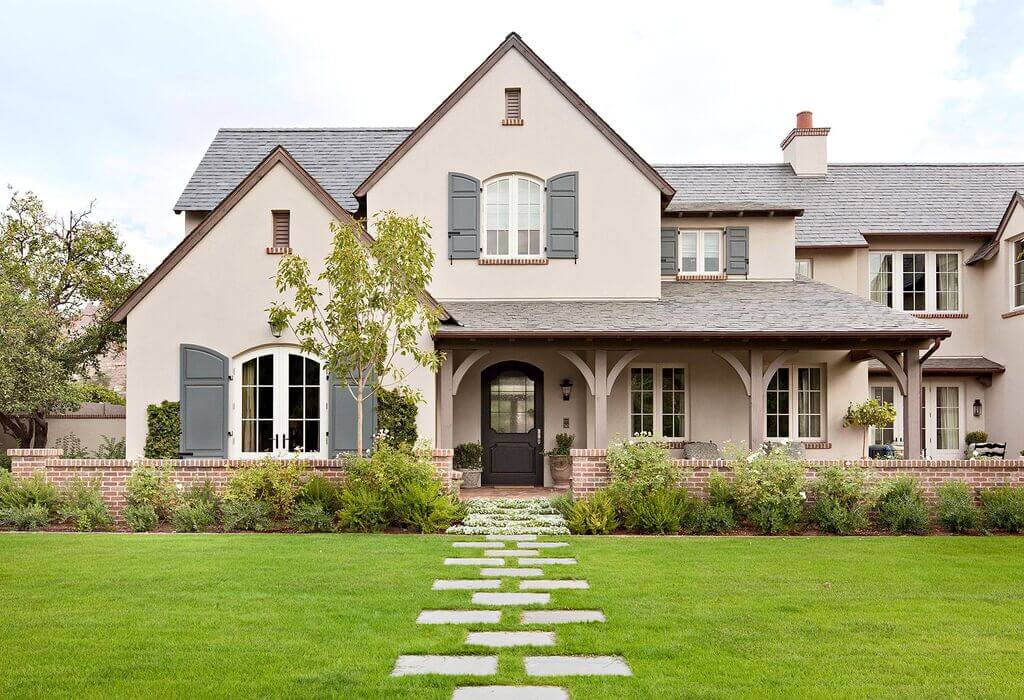
Your home’s color scheme is an essential factor to consider when planning your garden design. You can match your garden to your home’s interior using colors that complement your interior decor.
For example, Consider planting blue and white flowers like hydrangeas or irises in your garden if your home has a blue-and-white color scheme. Similarly, if your home has a warm color scheme, use warm-colored flowers like marigolds or sunflowers to create a cohesive look.
Match your garden style to your home’s interior Your garden design should also incorporate natural elements that match your home’s style. For example, if your home has a modern and sleek design, consider incorporating a minimalist garden with sculptural plants like succulents or ornamental grasses. If your home has a more traditional style, include a classic garden with plants and shrubs like the crepe myrtle tree, which can add color and charm to any outdoor space.
Consider the size and growth pattern of your chosen trees to ensure they fit your garden’s size and won’t overtake other plants or features. You can create a harmonious and visually stunning outdoor space by incorporating natural elements that match your home’s style.
Use Materials That Match Your Home’s Architecture
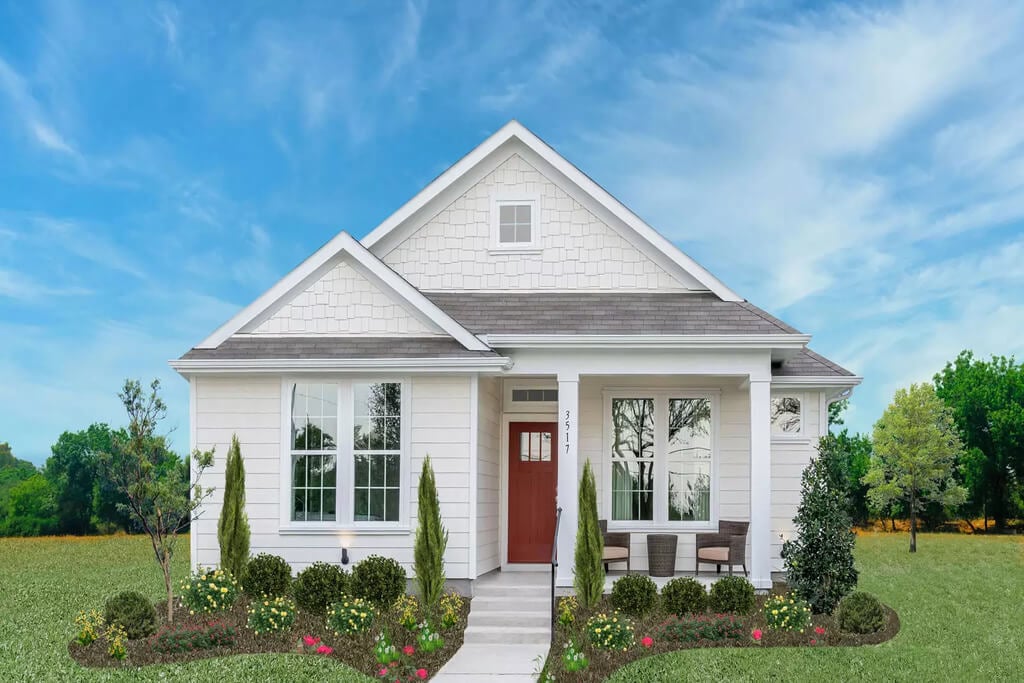
Using materials that match your home’s architecture can help you create a seamless transition from your home’s interior to your garden. For example, if your home is made of brick, consider using brick pavers for your garden pathways or brick planters. Similarly, if your home has a wooden exterior, use wooden garden furniture and features to match.
Create a Focal Point in Your Garden
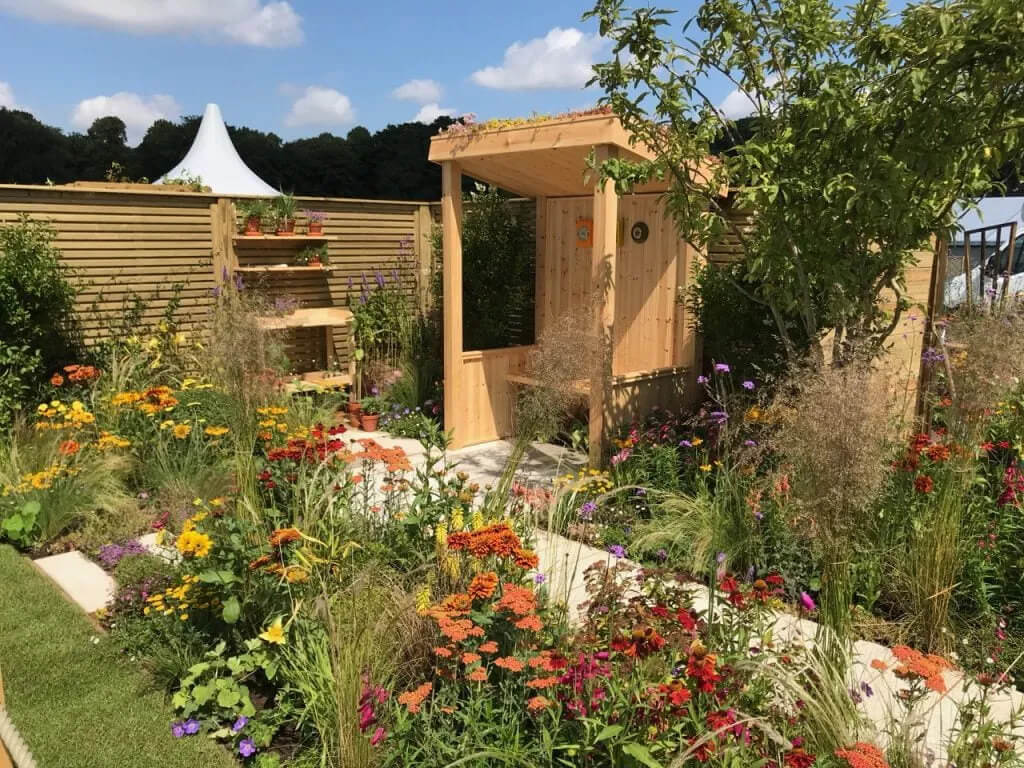
A focal point in your garden draws attention and adds interest to your outdoor space. It can be a water feature like a fountain, a statue, or a beautiful flower bed. The focal point should complement your home’s interior design and reflect your personal taste.
Coordinate Your Garden’s Lighting with Your Home’s Interior
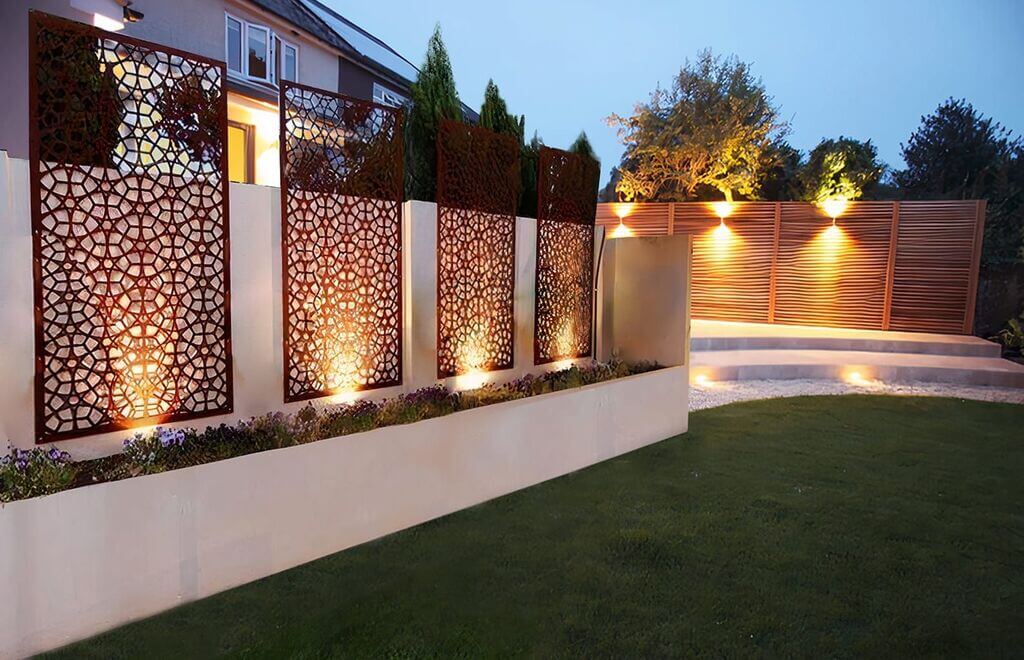
Outdoor lighting is not only functional but also adds ambiance to your garden. Coordinating your garden’s lighting with your home’s interior design can create a seamless transition from your indoor space to your outdoor space. For example, if your home’s interior design features warm lighting, consider installing warm-colored lights in your garden to match.
Consider the Seasons
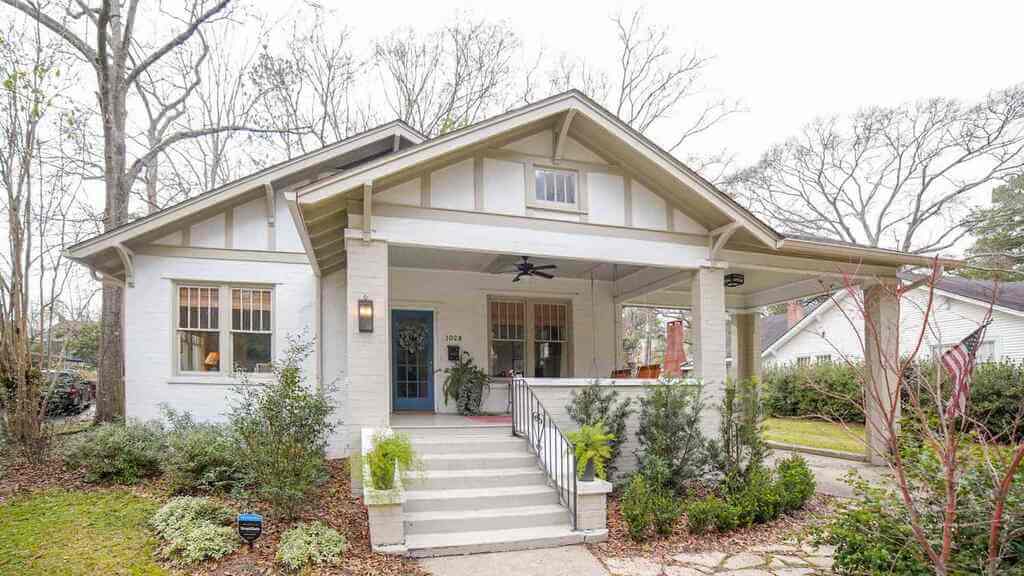
Your garden should be beautiful and functional throughout the year. Consider seasonal changes when planning your garden design. For example, plant bulbs that bloom in the spring, summer-blooming flowers like petunias and zinnias, and fall-blooming flowers like mums and asters. You can also use seasonal decors like pumpkins and hay bales to enhance your garden’s seasonal charm.
Incorporate Your Home’s Interior Patterns and Textures
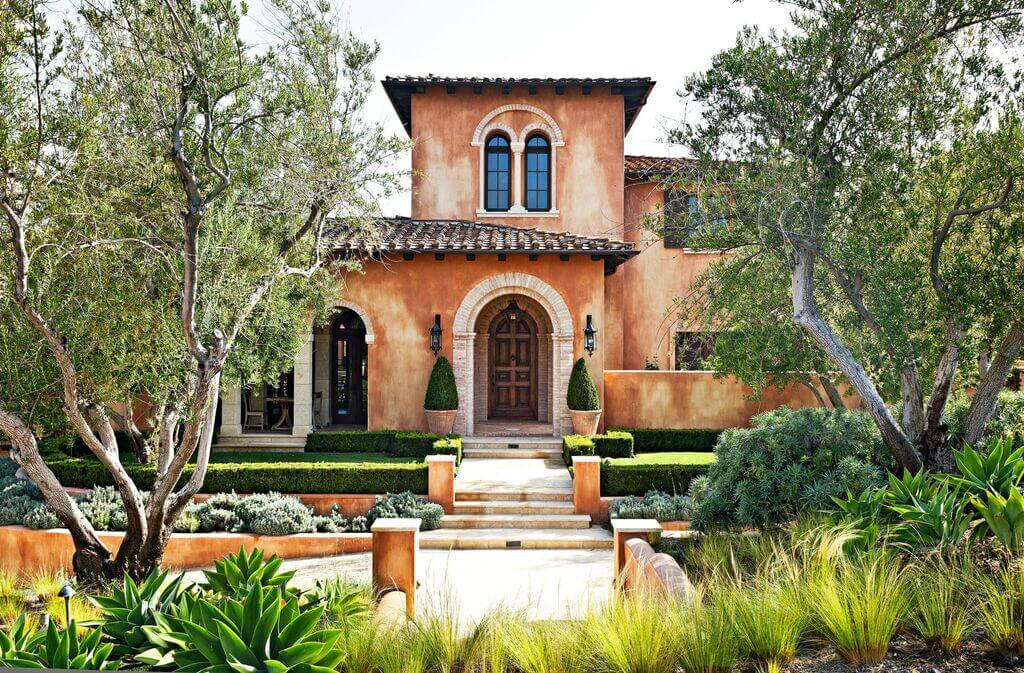
Patterns and textures can play a significant role in tying together your home’s interior and garden design. Try incorporating similar elements in your garden if your home’s interior features a specific pattern or texture, such as geometric shapes, stripes, or natural wood grain.
For instance, you can create patterned walkways or textured planters that reflect the patterns and textures found inside your home. This will help create a cohesive and harmonious visual connection between your indoor and outdoor spaces.
Choose Outdoor Furniture That Compliments Your Interior Design

The furniture you choose for your garden should also compliment your home’s interior design style. Select outdoor furniture pieces that are consistent with the overall theme and color palette of your interior. For example, if your home has a contemporary design, opt for sleek and modern outdoor furniture with clean lines and minimalistic features.
Alternatively, if your home has a rustic or vintage-inspired design, choose garden furniture made from natural materials like wood or wrought iron that will accentuate the overall theme.
Add Outdoor Living Spaces That Mirror Your Indoor Rooms
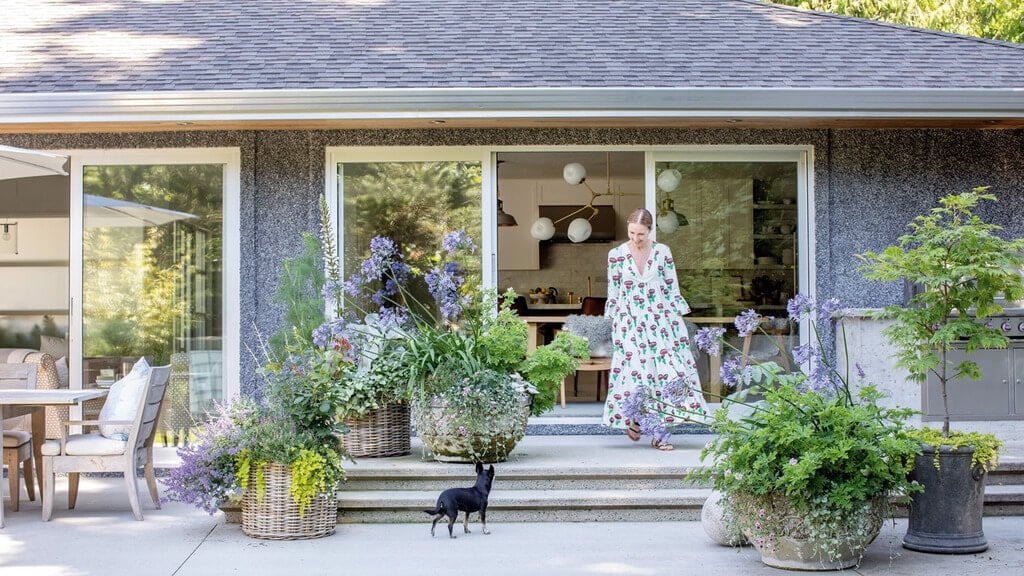
Creating outdoor living spaces that mirror your indoor garden room can further enhance the connection between your home’s interior and garden. For example, if you have a cozy reading nook inside, consider creating a similar space in your garden with comfortable seating, shade, and perhaps a small side table for your books and beverages. Likewise, if you have a dining area inside, create an outdoor dining area with a table, chairs, and ambient lighting for alfresco dining.
In Case you missed it!

